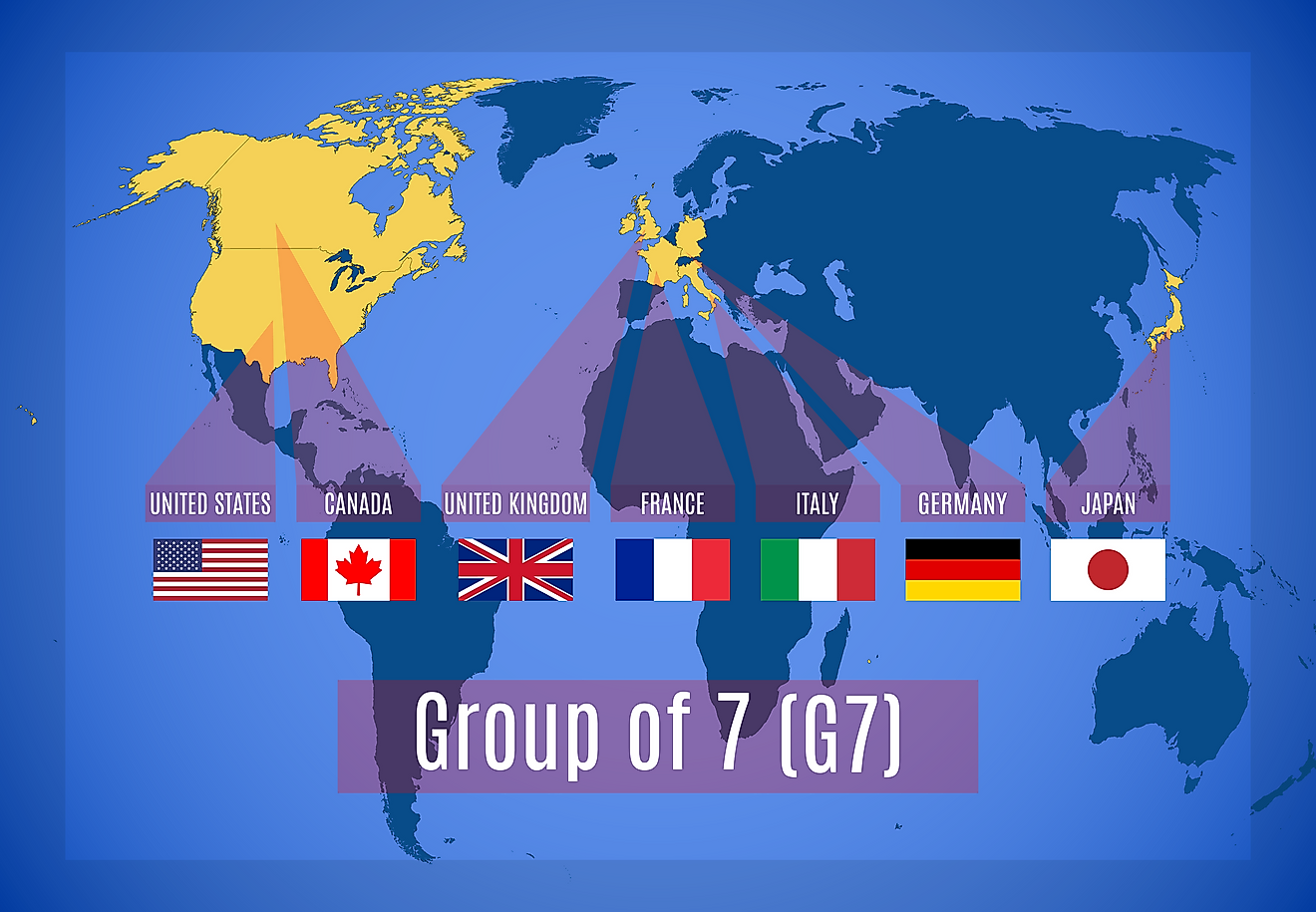The Short-Lived Farmer-Labour Party of Japan

The Farmer-Labour Party of Japan was a political party of socialist views that conducted their work from 1926 to 1928. It served a pivotal political role during that time in Japan because the socialist movement itself suffered from disunity.
The party was created in Tokyo, on December 9, 1926. The ideological leader of the Farmer-Labour sympathizers was Asanuma Inejiro, who was joined by socialist scholars Aso Hisashi, Kono Mitsu, Miwa Juso, and several others. Aso Hisahi was named the president of the party, and Miwa Juso was given the position of their general secretary.
Ideological Perspectives of the Farmer-Labour Party
The Farmer-Labour Party is not to be confused with the Japan Labour-Farmer Party, which was also active in Japan during the 1920s. A few of the members from the Labour-Farmer Party were once communists as well, the most notable of them all being Kondo Eizo, who was the creator of the Enlightened People’s Communist Party. These two political parties, despite the similarity in their names, carried out different ideological perspectives on how the future of Japan should look like.
The Farmer-Labour Party members found themselves between the right-wing Socialist Democratic Party and the Labour-Farmer Party as a left-wing option. The politics of the Farmer-Labour Party firmly confronted the idea of Japan being involved in political shifts that were happening in China. At the same time, they tried to organize the working-class people to join them in their program.
Critiques of the Farmer-Labour Discourse
The Farmer-Labour Party was often compared to the Communist International (the so-called Third International that operated from 1919 to 1943). However, they did not like these comparisons. They claimed that they have modified the ideology of the proletarian movement to be ‘’correct’’. From their perspective, all of the left-wing options in Japan were disorganized, while all the right-wing options were ‘’senile’’.
The Party members were blamed for acting like bourgeoise by the left-wing politicians, and the right-winged options saw them as a pan that was used by the communists. In 1927, the Communist Party of Japan accused the Farmer-Labour Party of being deceitful and that they were just poorly using the leftist way of thinking and that they are not so much different from the right political options represented by the Social Democrats.
Reorganization of the Farmer-Labour Party
In 1928 an initiative was started by the Communist Party, who proposed that the two parties, carrying an almost identical name, should unite their political ambitions and ideologies. That did not end up so well, and as a result, the political scene of Japan was further disseminated.
When the Social Democratic Party split in 1926, the Farmer-Labour Party occupied the leading position in the Sodomei trade union. However, the members were soon demanded to leave that position. After they refused that proposal, they were banned from the Sodomei union. After those events, the Farmer-Labour Party organized a movement in which they, along with their followers, created a new union called the Japan Labour Union League. Just a year later, in 1927, they were joined by the farmers of Japan, who decided to leave the Social Democratic Party. With the help from the Farmer-Labour Party, they created an All-Japan Peasant Union, along with the National Women’s League.
Elections Between 1927 and 1928
After all the turmoil has ended, the Farmer-Labour Party had about 6,000 members. In the prefectural elections, they managed to get a hold of three seats in the governing positions. During the short time they had a say in what happens in the socio-economic world of Japan, they brought up ideas for several major reforms. They wanted that the government has the final word on deciding on food prices as well as dismissing military type of education for students.
After the elections in 1928, a decision was made that the Social Democratic Party, the Japan Labour-Farmer Party, and the Farmer-Labour Party should all join together for parliament, disregarding the differences in their political discourse. That supra-organization, however, was short-lived, because the government ejected the Farmer-Labour Party from the parliament.
Finally, in December of 1928, the Farmer-Labour Party joined the Proletarian Masses Party and other parties that were consisting mostly of Japan farmers. Together they formed the Japan Masses Party, but in the years to come, the Farmer-Labour Party always managed to operate almost independently from other political partners.











